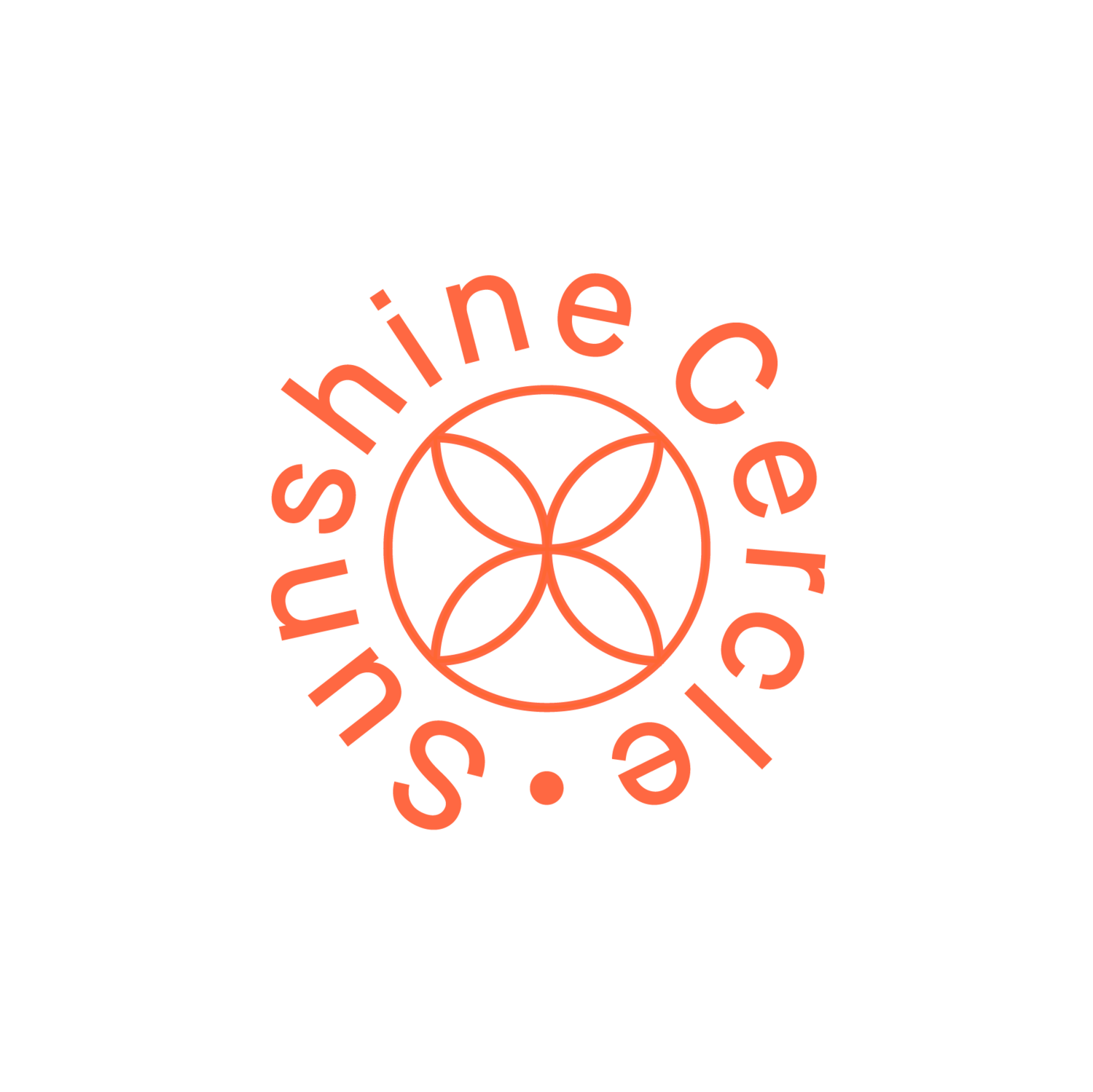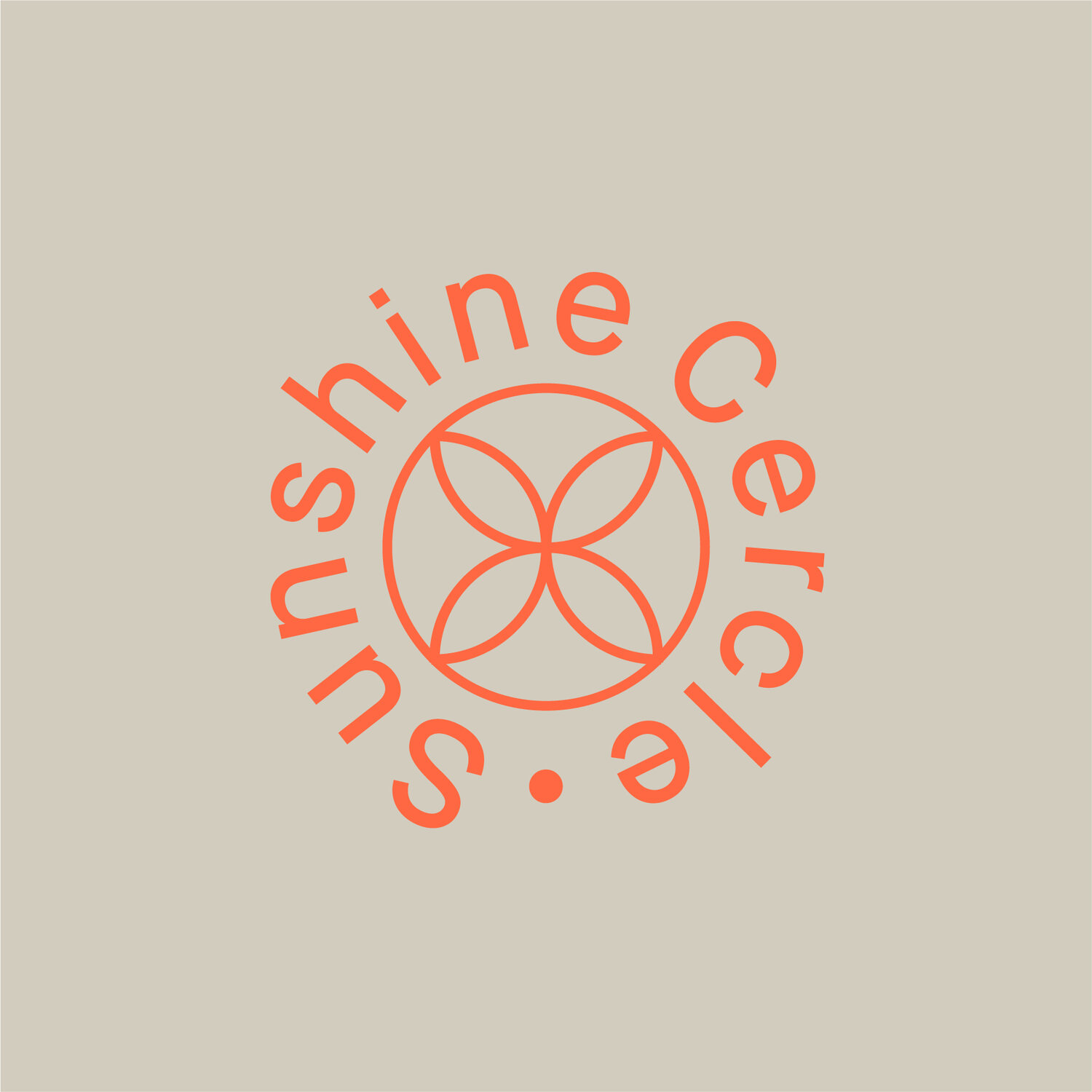Healing Freeze
Just as nature comes out of the winter hibernation, so too does our systems come out of the longer unconscious states of freeze.
What is Freeze?
The Freeze Response is a natural adaptive response that happens when we are faced with a life-threatening situation and our nervous system "assesses" that it's unable to fight or flee. In this situation, the body's natural response is to "freeze," to conserve energy for your survival.
Freeze is an instinctual survival response. It is an effective short-term response. However, when not acknowledged and resolved, it has long-term negative consequences. When the system cannot fight or flee, the energy that would normally be used to power these actions becomes trapped in the body and bound, leading to internal disruption.
A core characteristic of freeze is a low capacity for action/movement and emotion. The perceived threat is deep and the system doesn't feel safe to act or regulate emotions. Instead, it finds safety in freezing. The system feels paralyzed. "I WANT, BUT I CANT". It feels like you are pressing the gas peddle but the brakes are on too.
A system in freeze will not shift from freeze straight into action/movement. It needs an intermediate phase - a necessary felt sense experience of safety. With more self-compassion, safety, and trust, the system can begin to soften its defenses, to regulate the stress, emotions and discomfort, and to give access to energy again.
A nervous system that dysregulates toward freeze responds well to simple, short, natural, less intense, easier practices, and co-regulation. The less the system in freeze is "pushed" to process or regulate, the more supported it feels. Putting pressure on your system to act, express, feel, heal or regulate, especially if it's defaulting into freeze might send the system further into freeze.
You may be thinking: "But why do less when my system doesn't function properly?"
Here's an important aspect about freeze- it’s a state in which you are operating under minimal resources. It’s important to understand that your system is in conservation mode. So, "doing more" is not supporting your system in freeze. Make healing a priority but not a 24/7 ob about how to “fix” yourself, you are not broken in need of fixing. You are deeply hurt in need of care.
The survival responses like freeze are regulated by the brainstem, the part of the brain that knows sensation, instinct, touch, nature, co-regulation.
The essence of freeze is 4 natural forces being dysregulated/blocked:
IMMOBILIZATION: the system struggles to regulate back to homeostasis
EXPRESSION: the system highly suppresses needs, emotions and authenticity
PROTECTION: the system doesn't feel contained and protected by its own boundaries and so it has strong psychological defenses
ACTIVATION: the system is extremely activated, aggravated and tense in the body
Any system that doesn't feel safe to immobilize, express, protect or activate, becomes a vulnerable system. It's a system in survival mode. It's limiting and painful.
What causes a system to Protect Through Freeze?
The main cause of freeze is trauma (shock, abuse, chronic stress, neglect) at various stages of development and experience. It is primarily associated with pre-verbal trauma due to the inability of a system to respond with fight or flight, repetitive traumas or multiple unaddressed trauma that put ongoing pressure on the nervous system.
How to recognize Freeze?
A freeze state is not only at the nervous system level, it is mental, emotional and energetic. You may experience:
dysregulated sensory and emotional experiences: feeling too much, or not feeling at all, or both?
an inability to release stress and tension naturally, to be comforted and rest?
a lack of control and a sense of powerlessness and helplessness, giving the experience of being trapped in your body?
a high degree of disconnect? Experiencing life primarily through mental protections: overthinking, control, projection, fixing, achieving, avoiding
high functionality? You appear put together, overly functional and a high achiever on the outside, but feel disconnected, burnt out and suffering from the inside?
unable to guide energy to the things you want the most?
persistent physical and emotional symptoms?
A system in freeze has a low capacity for emotion, somatic connection and truth. The role of freeze is protection from what feels threatening and overwhelming: authenticity, emotion and connection.
How to support the nervous system to come out of freeze?
Because of its multiple activations of fight, flight, fawn, and shut down, freeze is one of the most complex, subtle and yet, common survival responses. Unresolved trauma and unattended compounded stress will eventually push a nervous system into freeze, mild or chronic.
A system in freeze needs to be met with warmth, understanding and a lot of attunement. If our soma screams at us "I need space", "I need connection" or "I need rest" and we dismiss its needs, our nervous system will feel unheard, and unprotected. This internal experience where the nervous system feels unsupported and dismissed perpetuates the freeze.
Freeze might have started in relationship with someone else (parents, caregivers, abusers) but now, as adults, the traumatic dynamics became internalized. It’s not longer about others not hearing us, or our parents not protecting us, it has become about us not being attuned to ourselves.
That is why healing freeze, from a somatic lens asks us to start life from scratch, and to learn everything we weren’t taught in schools. Learning how to engage our nervous system in new ways, how to befriend our bodies, how to meet our needs, how to work on our boundaries, how to identify our habit energy, patterns and so much more.
We can't heal trauma with a frozen system.
A new orientation of supporting the Nervous System
Attune to its needs, limits and capacity at the moment. A system in freeze has a low capacity for regulation, processing and integration. Honor it! Rather than constantly ruminating about “What can I do? “ What am I not doing right?” “What can I do more of?” “I need to feel more,” “How do I come out of this?” learn to take a step back more, do less and attune more. A system in freeze needs lots of support and attunement. Less pressure.
Allow connection and co-regulation with humans, animals, and nature. It’s good for the system in freeze to have a structure, a routine and something to look forward to throughout the day. What’s not helpful is spending a lot of the day alone, hyper-alert over what’s happening in the body. This will overwhelm even more. The system in freeze needs healthier and more supportive “distractions”.
Commit to shorter, gentler and softer practices that are not meant toward release or processing but to enhance your capacity embodying the disconnect/connection and attunement to what’s needed and what’s supportive. Often, the system in freeze has an addiction toward intensity and struggles with authentic expression, emotional regulation, ease and autonomy. It’s the system that has learned to survive by disconnecting and suppressing by pleasing, avoiding and enmeshing. Go toward softer practices, the ones that help you contain more the disconnect but also the authentic. In this way, the nervous system makes itself familiar with the sensations and feelings of the freeze and those of pleasure, joy or connection.
Be patient and acceptant of where your system is at the moment and how it responds. Melting freeze requires warmth, being seen, heard and understood. Make your nervous system feel heard, met and protected.
PRACTICE: Melt The Freeze- Observe & Touch.
The survival responses like freeze are regulated by the brainstem, the part of the brain that knows sensation, instinct, touch, nature, co-regulation.
STEP 1 Anchor yourself into being “Observer,” of your mind- thoughts and mental protections and roles (controller, perfectionism, fixing, ruminating, analyzing, understanding, hyper-vigilant etc). Try to stay neural without judgement.
STEP 2 Expand the observing to include your body. With gentleness and mindfulness begin to touch your upper legs for a few moments and notice 2 things:
How does your body feel when touched? Does it feel soothed or comforted? Does it like? Not sure? Know that all experiences are ok.
How does your mind respond when you bring your attention to your body? Maybe more distracted, controlling, ruminating?
STEP 3 Continue to observe your mind's protections while tending to the neglected and frozen body through touch.
Source: Somatic Experiencing International, Ally Wise, Irene Lyon

